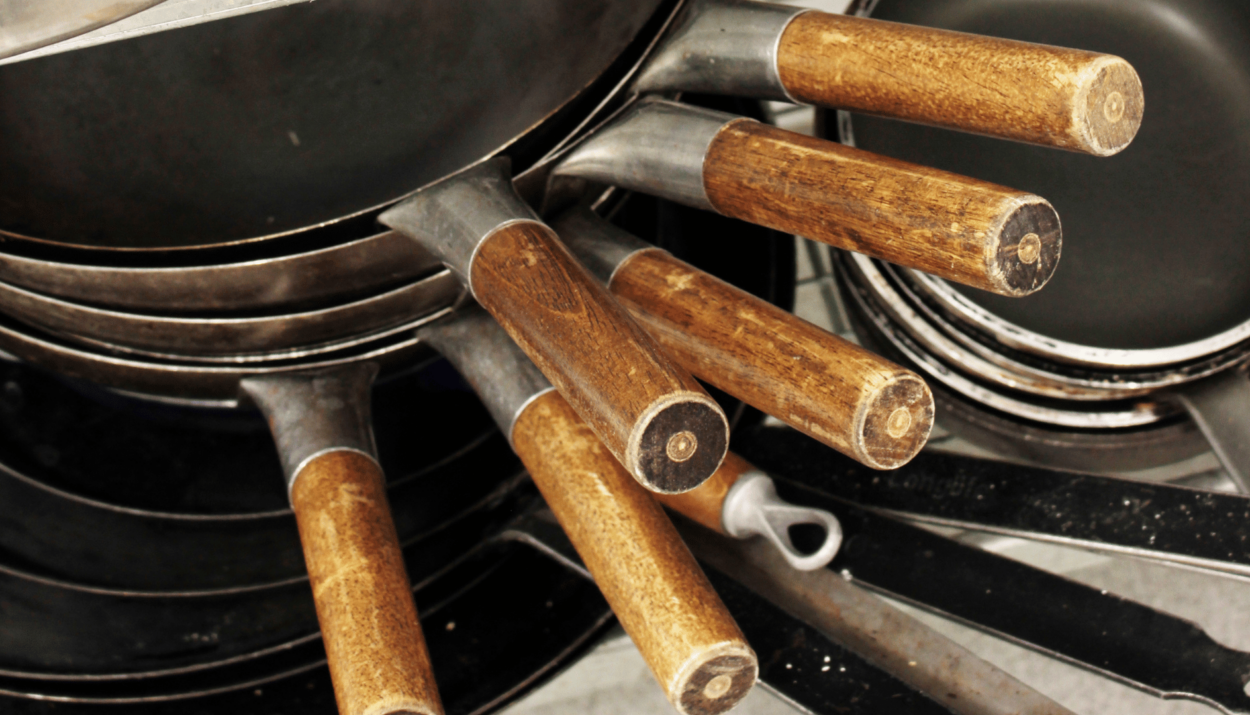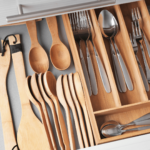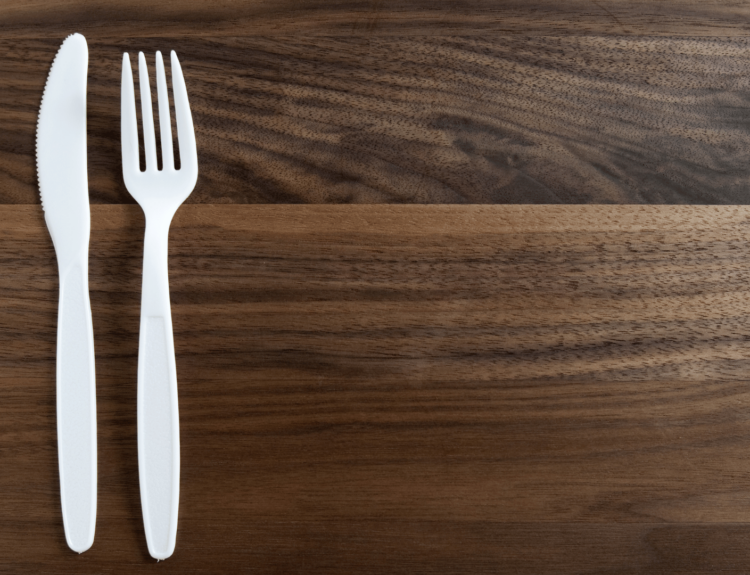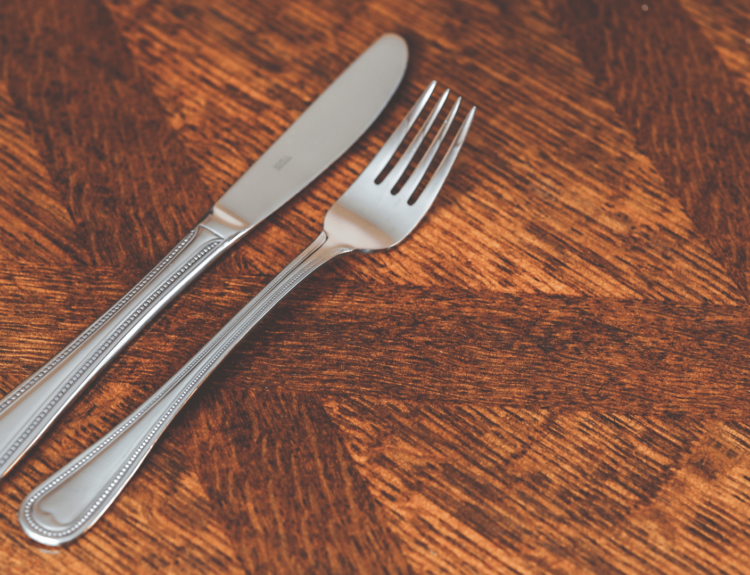Have you ever wondered about the wooden handles on your cookware? Are they safe to use, or should you switch to another type of handle? In this blog, we will explore the purpose and significance of wooden handles on cookware. We’ll also delve into the safety concerns surrounding wooden handles, including fire hazards and oven use. Besides that, we’ll list out the pros and cons of cookware with wooden handles and compare them with alternative materials such as metal, silicone, and bakelite. Lastly, we’ll discuss tips for maintaining and prolonging the life of your wooden handled pans. By the end of this article, you’ll have a better understanding of cookware materials and whether or not wooden handles are right for you.
The Purpose of Wooden Handles on Cookware
Wooden handles offer a comfortable grip, stay cool to the touch, and enhance kitchen decor. They hold cultural and historical significance, making them suitable for stovetop cooking, adding aesthetic appeal, and preventing burns.
Significance of Designing Cookware with Wooden Handles
Designing cookware with wooden handles offers a classic and timeless look, adding an aesthetic appeal to the kitchen. The wooden handles play a crucial role in maintaining the cookware’s lightweight functionality and provide a natural, ergonomic grip for comfortable cooking. Moreover, they present a great alternative for individuals with silicone allergies. This design caters to the increasing demand for sustainable kitchenware options, aligning with eco-friendly browsing behavior. Additionally, wooden handles enhance the cultural and historical significance of traditional cookware, making them a popular choice for those seeking kitchenware with both practicality and historic charm.
Role of Wooden Handles in Handling Hot Cookware
When using cookware, the role of wooden handles in handling hot cookware is essential to consider. Wooden handles act as effective insulators, preventing the transmission of high temperatures to the cook’s hand, ensuring a comfortable and safe cooking experience. The moisture resistance of wooden handles ensures their durability, especially in high oven temperatures, while also contributing to the drying and seasoning of cookware after use. Furthermore, the design of wooden handles is aimed at maintaining the cookware’s lifespan by resisting wear and tear associated with high oven temperatures, making them a practical and long-lasting choice. Additionally, the coating on wooden handles prevents moisture from seeping in, ensuring their long-term functionality and usability in the kitchen.
Safety Concerns
Understanding the safe temperature range for wood handle cookware is essential. Ensuring dry wooden parts before high oven temperatures is crucial. Proper seasoning and maintenance are imperative for safe usage. Educating oneself on the maximum temperature wood handles can withstand is necessary to avoid accidents. Careful browsing can identify wood handle cookware that can safely handle high oven temperatures.
Are Wooden Handles Safe for Oven Use?
To ensure the safety of wooden handle cookware in the oven, proper seasoning is essential. Additionally, using aluminum foil or wet paper towels as a protective layer and ensuring the handles are dry before placing them in the oven can minimize risks. It’s important to know the maximum temperature the wooden handle can withstand to prevent any potential hazards.
Fire Hazards Associated with Wooden Handles
Educating oneself about the safe temperature range for cookware with wooden handles reduces the risk of fire hazards. Practicing safe handling by keeping wooden handle cookware away from direct contact with high oven temperatures is essential. Understanding the potential fire hazards associated with wooden handle cookware promotes safe kitchen practices. The risk of fire hazards can be minimized by choosing wooden handle cookware suitable for high oven temperatures. Ensuring that the wooden handle pans are free from moisture can prevent potential fire hazards in the kitchen.
The Pros and Cons of Cookware with Wooden Handles
Wooden handle cookware provides a lightweight option for easy kitchen use, suitable for stovetop, oven, and bakeware applications. Understanding the pros and cons is crucial for informed purchasing decisions and ensuring longevity through proper seasoning and maintenance.
Benefits of Wooden Handles on Pots and Pans
Enhancing the user’s cooking experience, wooden handles offer a comfortable, natural grip. Their insulation properties make them a safe and reliable choice for handling hot pots and pans. Additionally, they serve as aesthetically pleasing additions to kitchenware collections and are often crafted from sustainable materials, aligning with eco-friendly kitchenware trends. Proper seasoning and maintenance can ensure the longevity of wooden handle pots and pans, making them a durable and environmentally conscious choice for any kitchen.
Drawbacks of Cookware with Wooden Handles
When using wooden handle cookware, regular seasoning and maintenance are necessary to prevent wear and tear. Moisture exposure can impact the durability and functionality of these pots and pans. Understanding these limitations can help make informed purchasing decisions. In certain cooking applications, wooden handle cookware may not be suitable for high oven temperatures. The potential for moisture accumulation in wooden handles can also affect the cookware’s functionality.
Alternatives to Wooden Handles
Exploring silicone, stainless steel, copper, and ceramic handle materials provide versatile kitchenware options. Understanding their benefits and drawbacks aids in making informed cookware choices, expanding suitable options for various cooking needs. Silicone, stainless steel, and ceramic handles offer durable and heat-resistant alternatives.
Metal Handles
Metal handles offer exceptional heat resistance and durability, ensuring long-term functionality. Designed to stay cool while cooking, they prioritize safety in the kitchen. Their compatibility with oven, stovetop, and broiler use provides versatility for various cooking needs. Additionally, the lightweight nature of metal handles makes cookware easy to handle and maneuver. By properly seasoning the handles, their lifespan can be prolonged, adding value to the kitchenware investment. When browsing for cookware, considering metal handles, along with alternative materials like silicone, stainless steel, and ceramic, presents an array of durable and heat-resistant options. Understanding the benefits of metal handles enhances the overall cooking experience and promotes informed decision-making.
Silicone Handles
Silicone handles provide a safe and secure grip for handling hot cookware, especially when exposed to high oven temperatures. Their moisture-resistant silicone coating ensures protection from damage and adds convenience to cookware maintenance. These handles are easy to clean and maintain, offering functionality and durability. Additionally, silicone handles are commonly found on a variety of cookware, including pots and pans, making them a versatile choice for kitchenware.
Bakelite Handles
Bakelite handles provide optimal heat resistance, ensuring safe usage in high oven temperatures. Their sturdy nature contributes to the durability of cookware. Proper drying and seasoning are essential for maintaining Bakelite handles’ functionality over time. Additionally, their lightweight design ensures easy maneuverability during cooking. These versatile handles are commonly utilized in both pots and pans, offering convenience and reliability in the kitchen.
Comparing Wooden Handles with Other Material Handles
When comparing wooden handles with other material handles, it’s evident that wood is a sustainable and heat-resistant option, providing a comfortable grip. Compared to plastic, wooden handles are more durable and safe when maintained properly.
Heat Resistance Comparison
When comparing the heat resistance of different handle materials, it’s important to consider their specific temperature limits and practical implications. Wooden handles are generally safe for oven use up to around 350-375°F, while silicone handles can withstand higher temperatures, typically around 450-500°F. On the other hand, metal handles can tolerate even higher oven temperatures but may become extremely hot to touch, necessitating the use of pot holders or oven mitts. Always check the manufacturer’s guidelines for the maximum oven-safe temperature for wooden handle cookware before use, and ensure compatibility with induction cooktops if needed. Understanding these heat resistance capabilities can help in making informed decisions about the suitable cookware for various cooking needs.
Durability Comparison
When comparing wooden handle cookware’s durability, it’s essential to consider various factors. Firstly, wooden handle cookware is safe as long as the handles are properly secured and made of heat-resistant materials. Notably, wood’s natural strength and resistance to heat and moisture make it more durable than other types of cookware. However, over time, wooden handles can become damaged or warped and may require replacement. Therefore, when comparing wooden handle cookware for durability, it’s crucial to assess the type of wood used, the quality of craftsmanship, and the overall design and functionality of the cookware. By carefully considering these factors, one can determine the longevity and durability of wooden handle cookware, ensuring it remains a safe and reliable option in the kitchen.
Maintenance and Care of Wooden Handles
Proper care and maintenance of wood handles can extend their longevity. Hand-wash cookware with wooden handles, avoiding dishwashers. Prevent exposure to extreme temperatures and regularly inspect for wear. Follow manufacturer’s care instructions.
Cleaning wooden handled pans
Wooden handle cookware adds a charming rustic element to your kitchen, but it demands special care to maintain its allure. When cleaning wooden handles, avoid soaking them in water or using abrasive chemicals. Instead, gently wipe them with a damp cloth and mild soap, ensuring thorough drying afterwards. Consistent maintenance, such as periodic oiling of the wood, is essential for preserving and shielding the handles from potential damage over time. While wooden handles may be suitable for cooking on low to medium heat, it’s crucial to be cautious and utilize appropriate heat-resistant gloves or mitts when dealing with hot pans. Embracing these practices not only sustains the functionality of the wooden parts but also prolongs the lifespan of your kitchenware.
Tips for prolonging the life of wooden handles
To prolong the lifespan of wooden handles, avoid prolonged soaking in water. Instead, use gentle dish soap with a soft sponge for cleaning. Thoroughly dry the handles before storing and regularly apply food-grade mineral oil to prevent drying and cracking. Additionally, consider purchasing cookware with removable wooden handles for easier maintenance. This approach allows for efficient cleaning and preservation of the handles, ensuring they remain in good condition for a longer period.
Understanding Cookware Materials
When considering cookware, factors such as material conductivity, heat retention, and safety should be taken into account. Stainless steel, cast iron, aluminum, and copper are common choices, each with unique properties. Wooden handle cookware can be safe if well-made and properly designed.
Is Your Wooden Handle Pan Oven Safe?
To ensure the safety of using wooden handle pans in the oven, check the manufacturer’s guidelines for temperature limits. Always use oven mitts when handling them. Avoid sudden temperature changes and consider seasoning the handles to protect against moisture. Shield the handles from direct heat with aluminum foil or wet paper towels.
Frequently Asked Questions
Are wooden handles on cookware generally safe to use?
Wooden handles on cookware are generally safe for use. However, it is important to exercise caution and follow the manufacturer’s guidelines. These handles can become a fire hazard if exposed to an open flame for too long. Always handle hot cookware with care.
How can I properly maintain and care for wooden handle cookware?
Proper maintenance of wooden handle cookware is crucial. Avoid soaking it for long periods to prevent warping or cracking. Use mild soap and warm water for cleaning, avoiding harsh chemicals or abrasive sponges. Apply food-grade mineral oil regularly to prevent drying out and cracking. Store in a dry place to prevent moisture damage.
What types of food or cooking methods should be avoided when using wooden handle cookware?
To ensure the longevity of your wooden handle cookware, avoid cooking acidic foods like tomatoes and citrus fruits. Additionally, high heat cooking methods such as searing or broiling should be avoided. Stick to low to medium heat cooking methods such as sautéing and simmering for best results. Always refer to the manufacturer’s instructions for specific recommendations.
Conclusion
The safety of wooden handles on cookware depends on certain factors. While wooden handles provide a comfortable grip and are aesthetically pleasing, they do come with some concerns. They may not be safe for oven use and can pose a fire hazard if not properly maintained. However, there are alternative handle materials such as metal, silicone, and bakelite that offer heat resistance and durability. It’s important to consider your specific cooking needs and preferences when choosing cookware with wooden handles. Proper maintenance and care, such as cleaning the handles with gentle methods and avoiding prolonged exposure to water, can help prolong their lifespan. Ultimately, understanding the pros and cons of wooden handles and considering alternative options can help you make an informed decision about the safety of wooden handle cookware.





